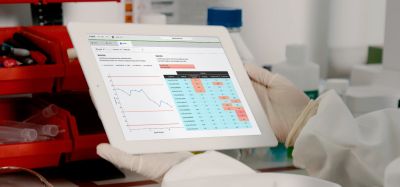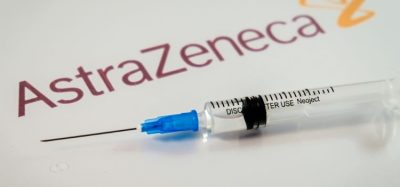Revised ISO guideline highlights toxicological evaluation of extractables and leachables
Posted: 29 January 2024 | Catherine Eckford (European Pharmaceutical Review) | No comments yet
Included in the revised ISO 10993-17 guideline are requirements for toxicological risk assessment of medical device constituents, such as extractables and leachables (E&L).


In the guideline published in 2023, the process and requirements for toxicological risk assessment of medical device constituents is outlined. Also covered in the guideline are “the methods and criteria used to assess whether exposure to a constituent is without appreciable harm”. As highlighted by the International Organization for Standardization (ISO), the process described in the standard is relevant to chemical characterisation, such as extractable data or leachable data (E&L), information obtained in line with ISO 10993-18.
This is the case when a toxicological risk assessment for the compositional information or analytical chemistry data are needed to determine whether the risks related to the constituents are “negligible or tolerable”, the ISO stated.
Estimating toxicological risk
According to the ISO’s revised ISO 10993-17, the process therein is not intended to apply to the situations whereby the toxicological risk is estimated by other means, such as:
- Constituents (excluding cohort of concern or excluded chemicals) present in or extracted from a medical device at an amount representative of patient exposure below a relevant, toxicologically-based reporting threshold
- a new or changed medical device for which chemical or biological equivalence has been established with an existing biocompatible or clinically established medical device
- in vitro diagnostics medical device constituents
- biological risks associated with physical interactions of the medical device with the body (ie, application of mechanical forces, energy or surface morphology, etc), provided the chemical exposure is not changed
- active pharmaceutical ingredients (APIs) of device-drug combination products or biologic components of device-biologic combination products as additional regulatory considerations can apply
- exposure to a specific constituent obtained from sources other than the device, such as food, water or air.
Analysing volatile organic compounds (VOCs) in medical devices
Evaluating and detecting extractables
According to a US Food and Drug Administration (FDA) study covering a similar guideline, published in Biomedical Materials & Devices, Dynamic Headspace (DHS) methods are a valuable tool for volatile organic compound (VOC) analysis when evaluating the safety of medical devices.
The paper discussed the detection of volatile extractables released during the clinical use of medical devices. As part of the study, the researchers evaluated DHS extraction performance and compared it to traditional Static Headspace (SHS) and Stir Bar Sorptive Extraction (SBSE) gas chromatography-mass spectrometry (GC–MS) methods.
The researchers evaluated DHS extraction performance and compared it to traditional SHS and SBSE GC–MS methods.
[ISO 10993-18:2020] introduces the Analytical Evaluation Threshold (AET) as a method of determining the necessary analytical sensitivity for detecting volatile extractables”
As noted by the authors, ISO 10993-18:2020 introduces Analytical Evaluation Threshold (AET) as a method of determining the necessary analytical sensitivity for detecting volatile extractables. The guideline states that compounds “at or above the AET must be reported for toxicological risk assessment.”
The paper highlighted that SHS analysis is currently a supplementary technique for volatile analysis. Due to its variable signal responses and limited sensitivity, this has been an obstacle for establishing a defined AET.
Value of Dynamic Headspace (DHS) methods
Obtaining sufficient extractables data
Therefore, the study sought to find out the suitability of DHS GC–MS analysis as a technique for obtaining the sensitivity levels necessary for “robust” toxicological risk assessment of volatile compounds from medical devices.
[Dynamic Headspace (DHS)] methods achieved “over a tenfold increase in sensitivity compared to conventional [volatile organic compound] VOC analysis methods”
The results showed that when applying these newly developed methods to saline extracts from various medical devices and materials, DHS achieved “over a tenfold increase in sensitivity compared to conventional VOC analysis methods.”
Overall, the authors summarised that the enhanced sensitivity improves safety assessments for volatiles in medical devices. As such, when using toxicology risk assessments to evaluate medical devices, DHS methods emerge as a “valuable” tool for VOC analysis. This is largely due to their optimised conditions, such as incubation temperature and drying time, as well as robust data, the authors summarised.
In reviewing both the revised ISO standard and FDA study discussed, it is clear robust evaluation of toxicological substances such as extractables and leachables remain a key part of device-drug combination product and medical device safety assessments.
Related topics
Active Pharmaceutical Ingredient (API), Analytical techniques, Biopharmaceuticals, Drug Safety, Industry Insight, Medical Devices, QA/QC, Regulation & Legislation, Therapeutics
Related organisations
International Organization for Standardization (ISO), US Food and Drug Administration (FDA)









